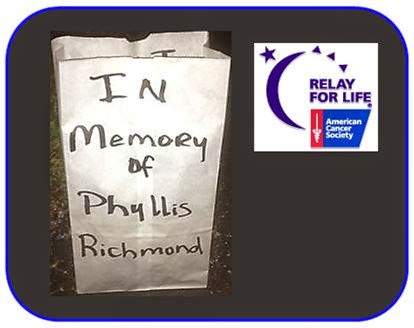The
Family Vacation: a Relic of the Past
Julia
@ Kids Matter
Sadly, fewer and fewer families are going on vacations
these days, and there are many contributing factors as to why. A lot of parents
can’t take the time off for employment reasons, can’t afford it for financial
reasons, or need to surplus any personal time for when their little ones get
sick. One way to get through these road bumps is to take mini-vacations once or
twice a year, then plan for a bigger vacation every three years. It may seem
easier to plan around government holidays in order to save a day from your
personal time pool, but hotels may be pricier around holidays, so beware.
If you live in an area like where I live, you may have
access to several places of interest within a four hour drive. Living in
Louisville allows me the ability to go to cities like Cincinnati, Gatlinburg,
Indianapolis, Nashville, Chicago, and St. Louis. These cities, and ones near
you, have many sites for a family to enjoy! Shop the travel sites for discounts
on hotels a few months before your trip or check Groupon for Bed & Breakfast
deals. I used a Groupon for a B&B just outside of Cincinnati one year, and
we had a whole three bedroom house to ourselves for only $100 per night!
It is a good rule of thumb to research restaurants in
your destination city and plan an eating budget. Try to avoid touristy spots
and search out city websites to see where the locals go! You can view menus and
pricing, which can really get your food budget down to a science! Another money
saver is staying where complimentary continental breakfast is served daily.
A BIG vacation
takes a lot of time, rigorous planning, and a killer budget. Do not let that
intimidate you! The sky is the limit when you give yourself a few years to
plan. Take your family some place they will never forget; Disney, New York
City, New Orleans, Hawaii, Ireland, Italy, or Paris! A good way to save for this
kind of trip is to research the cost of hotels, transportation, food, shopping,
and if overseas, the currency exchange rate.
The 52 week
money savings challenge can really help you save. If you do it for a few
years in a row, you will be all set. Each week of the year, starting in January,
you will place money in savings. Your money progresses along with the week’s
number you are on. (Example: Week 1 you would put $1 in savings, Week 2 you
would put $2 in savings, and so on.) By the end of your 52 weeks, your grand
total savings will be $1378.
Family vacations should not be a relic of the past! Spend
time with your children in a new environment. Show them this great country of
ours and all of her historical splendor. Showing a child the beach for the
first time or looking out over New York from the Empire State building is
incredible! So, pile the family into the car, pack a cooler of snacks, drinks,
and lunches, and head to a new destination for your children to explore!
Happy Summer!












